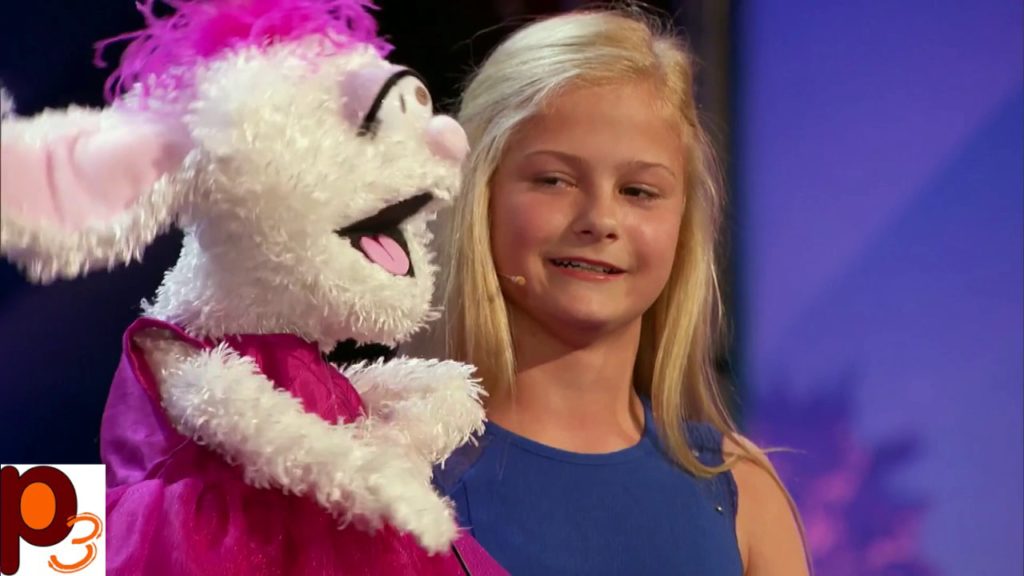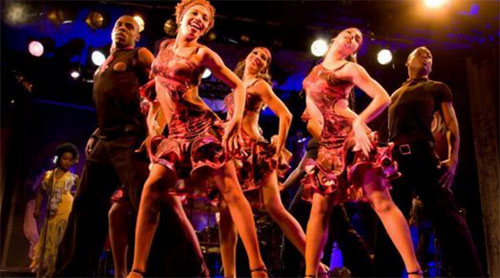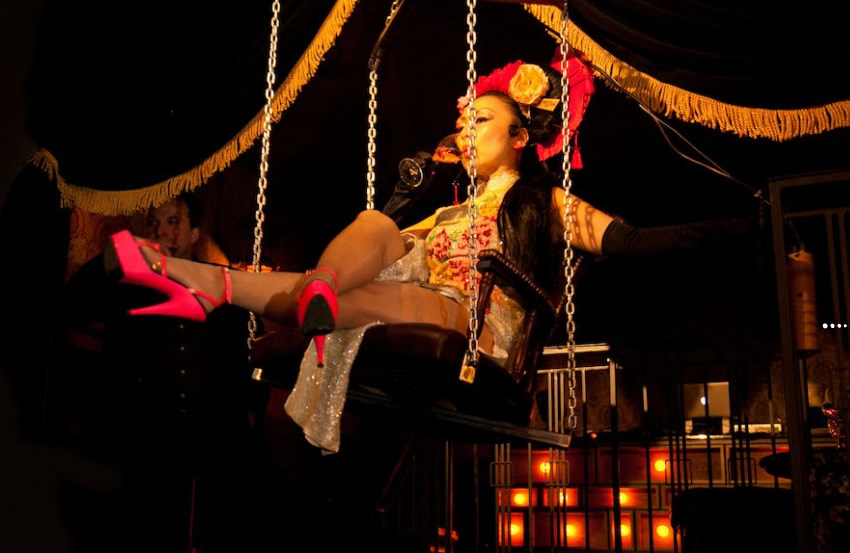What’s the difference between a variety act, a cabaret artist and a floorshow? Some say the terms are interchangeable, while others insist on stricter definitions.

 The definitions above are often disregarded. There’s a lot of grey area. People search for a floorshow for their stage, a cabaret act for their variety show and a variety act for their cabaret night! If you want to throw in your own two-cents, please leave a comment below.
The definitions above are often disregarded. There’s a lot of grey area. People search for a floorshow for their stage, a cabaret act for their variety show and a variety act for their cabaret night! If you want to throw in your own two-cents, please leave a comment below.
Variety
Variety entertainment has its roots in vaudeville or music hall. A variety act is traditionally one who can take part in a variety show consisting of a number of contrasting entertainers. Often they will also be able to sustain their own full-length show. Examples of variety acts include singers, comics, jugglers, instrumentalists, magicians and ventriloquists. Variety acts generally bring a dimension of personality and humour to their performances.
Cabaret
Although a variety act may be called a cabaret act in certain circles, the cabaret label can have more specific connotations. Cabaret singers often create a story within their show by means of original, re-worded or repurposed songs. Burlesque and circus performers are frequently grouped within the cabaret genre.Floorshow
The expression derives from the practice of having a feature entertainer (or group) perform on the dance floor in between brackets of dance music. Since a dance floor is less visible than an elevated stage, floorshow entertainers need to be easy to see, and not necessarily require an audience’s full attention. Examples of traditional floorshows include singers, dancers, tribute artists and jugglers, often as troupes rather than solos. The definitions above are often disregarded. There’s a lot of grey area. People search for a floorshow for their stage, a cabaret act for their variety show and a variety act for their cabaret night! If you want to throw in your own two-cents, please leave a comment below.
The definitions above are often disregarded. There’s a lot of grey area. People search for a floorshow for their stage, a cabaret act for their variety show and a variety act for their cabaret night! If you want to throw in your own two-cents, please leave a comment below.



Recent Comments